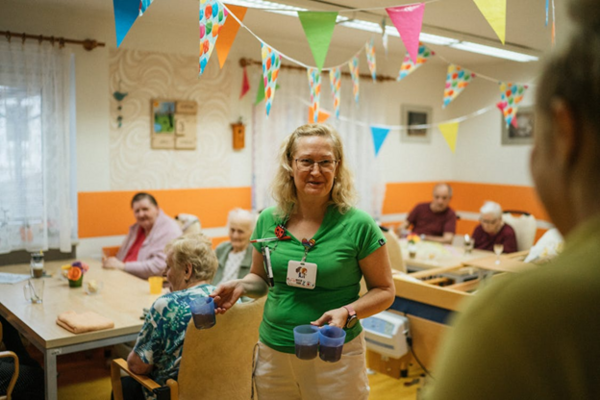
8 Numbers to Check Before Selecting Assisted Living
Today, choosing an assisted living community can be quite overwhelming, especially with so many that can promise great care for your dear one. However, before you decide, you may need to focus on numbers or metrics that reveal real performance, not just appearances in many facilities these days.
Staff-to-Resident Ratio – Know Who’s There For You
When you visit an assisted living community, pay close attention to how many caregivers are actually available for residents, ones who need to assist your loved one soon. Your first number to note is their staff-to-resident ratio. Many studies show that these ratios can range from one caregiver for every six residents to one for every twenty; the lower the ratios, the quicker the help, more personal care, and fewer delays in care responses.
Caregiver Turnover Rate – Who’s Coming And Going
You want continuity of care, that steady, familiar caregivers, not untractable changes. When there’s high turnover, it's quite usual that there's also instability, both of which often affect the quality of care and emotional comfort your loved one may receive. As experts note, when staff keep leaving, residents feel like they’re always starting all over again. That’s why asking about a facility’s yearly turnover rate can help you gauge whether your loved one will experience true continuity, trust, and consistent care in these premises.
State Survey Deficiencies – What The Regulators Found
Some reputable facilities led by well-educated administrators often deliver safer, more efficient care. Some leaders, like those with a Hankamer MBA in Healthcare Administration, understand how to balance quality, operations, and finance needs. Their expertise can shape better staffing decisions, reduce deficiencies, and help create environments where every number—from satisfaction scores to safety rates—truly reflects excellence that serves their patients best.
Fall And Incident Rates – How Often Things Go Wrong
Many falls and other incidents happen more often than most realize, especially in care facilities, and they reveal a lot about their daily care practices. A recent global review found fall rates near 43 percent in long-term care scenarios. This is why you have to ask each facility how many falls occurred last year and how many reported injuries; getting high numbers often points to weak supervision, training, or staffing skills set.
Hospital Readmissions – How Often They End Up Back At The Hospital
When your loved one has just moved in but they soon end up hospitalized again, that suggests the care model isn’t working according to expectations. One guide even reports that in many assisted-living residences, hospitalization risks in the first year range from about 25% to 61%, which is alarming. Asking about the previous year’s hospital readmission rate for residents and tracking their 30 and 90-day readmission can be quite conclusive. It’s a critical number since it reflects how well this facility handles acute issues, chronic conditions, and overall care maintenance for its patients.
Resident Satisfaction – What The People Living There Think
Most often, a quick hospital return after moving into assisted living can signal deeper care facility challenges or problems. Some research shows that hospitalization risks for residents range from 25 to 61 percent within their first year in the center. Ask about their 30 and 90-day readmission rates, since these numbers reflect how well the facility manages health issues and coordinates consistent, and most-needed proactive care.
Call Bell/Response Time – When Someone Needs Help, How Fast Do They Get It?
Ask how long it takes for caregivers to respond when a resident presses the call bell and how quickly requests are completed. Studies show that an average response time of three to four minutes for care delivery is reasonable, though some exceed eight. Longer waits than this, however, can cause fear, discomfort, or injury, while quick responses show strong staffing, coordination, and genuine attentiveness to their patients.
Care Plan Timeliness And Review Frequency – Keeping Care Plans Up To Date
Crafting a strong care plan keeps your loved one’s needs front and center, but only if it’s current and religiously followed. It’s best to ask how often each plan is reviewed and how quickly updates happen after your loved one’s health changes are monitored. These facilities that treat care plans as living documents are usually ones that can provide more timely and personalized support for your dear one.
Final Thoughts
When you focus on these numbers, you’re choosing with confidence, not guesswork. You’ll spot the facilities that prove their quality through results, not promises, and ensure your loved one receives care rooted in skill, compassion, and professional excellence.